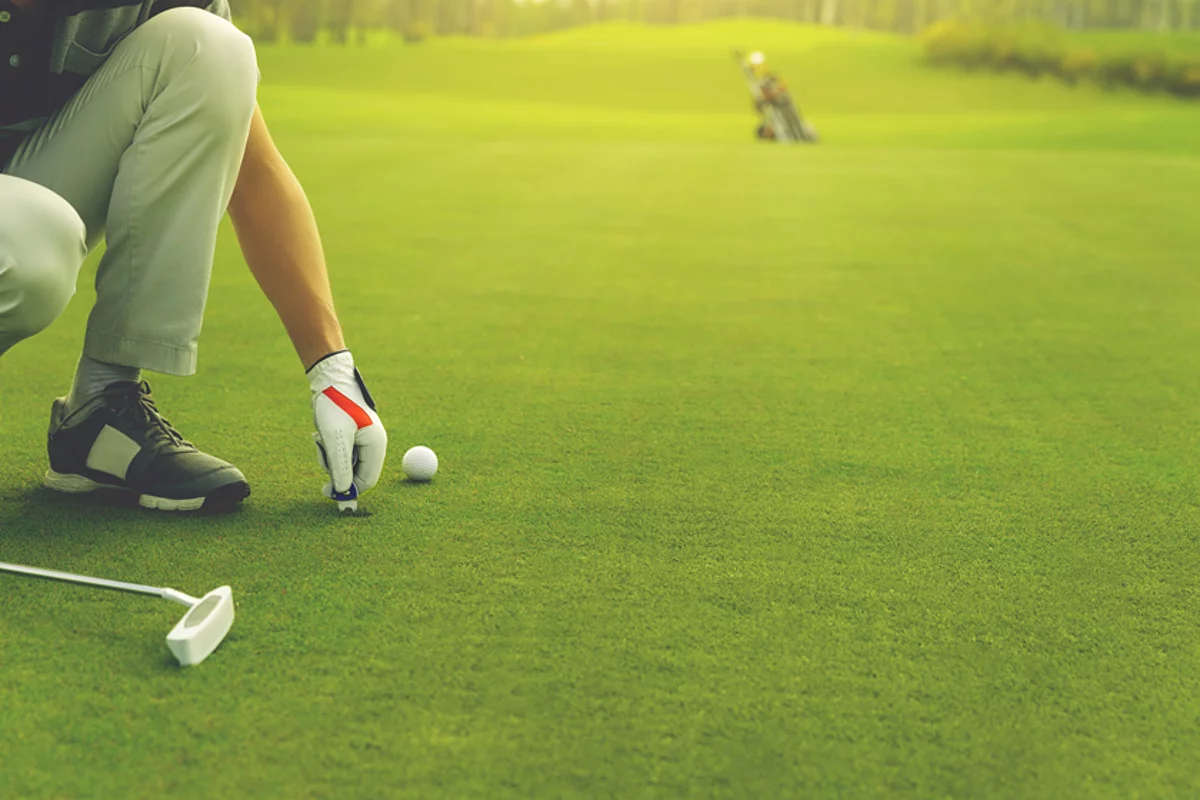|
Video technology allows those monitoring sports to take a second look at key incidents, whether it’s a tennis ball crossing the line or a try in rugby. |
 |
|
But the outcome wasn’t so positive for Lexi Thompson, who received a 4-shot penalty during the ANA Inspiration in April.
The standards in the Decision don’t, however, change the requirements in the Rules, as the player must still act with care, report all known breaches of the Rules and try to do what is reasonably expected in making an accurate determination when applying the Rules. |

Why golf is moving away from video technology
Video technology might be starting to make its mark on football, but in the golfing world there’s already a move away. So what’s happening?
13 Jul 2017
2 minute read
RECENTLY VIEWED